The First Thalesian
Intensive School in ML/AI
Christ Church, Oxford
Education
The School
Dates: 1-4 September, 2018
Venue: Christ Church, Oxford
The delegates joined our unique School in AI and ML. Following an introduction to data science and a refresher on Python programming on Level39, Canary Wharf, they went up to Oxford to study the theory and practise machine learning on real financial examples.
The delegates networked with other data scientists, fintech industry leaders, and Oxford academics.
They reviewed, learned, and mastered:
- probability and statistics
- linear regression methods
- dimensionality reduction
- unsupervised machine learning
- bias-variance tradeoff
- model and feature selection
- classification
- neural nets
- deep learning
- recurrent neural networks, including LSTM
- reinforcement learning
- current frontiers in AI and ML
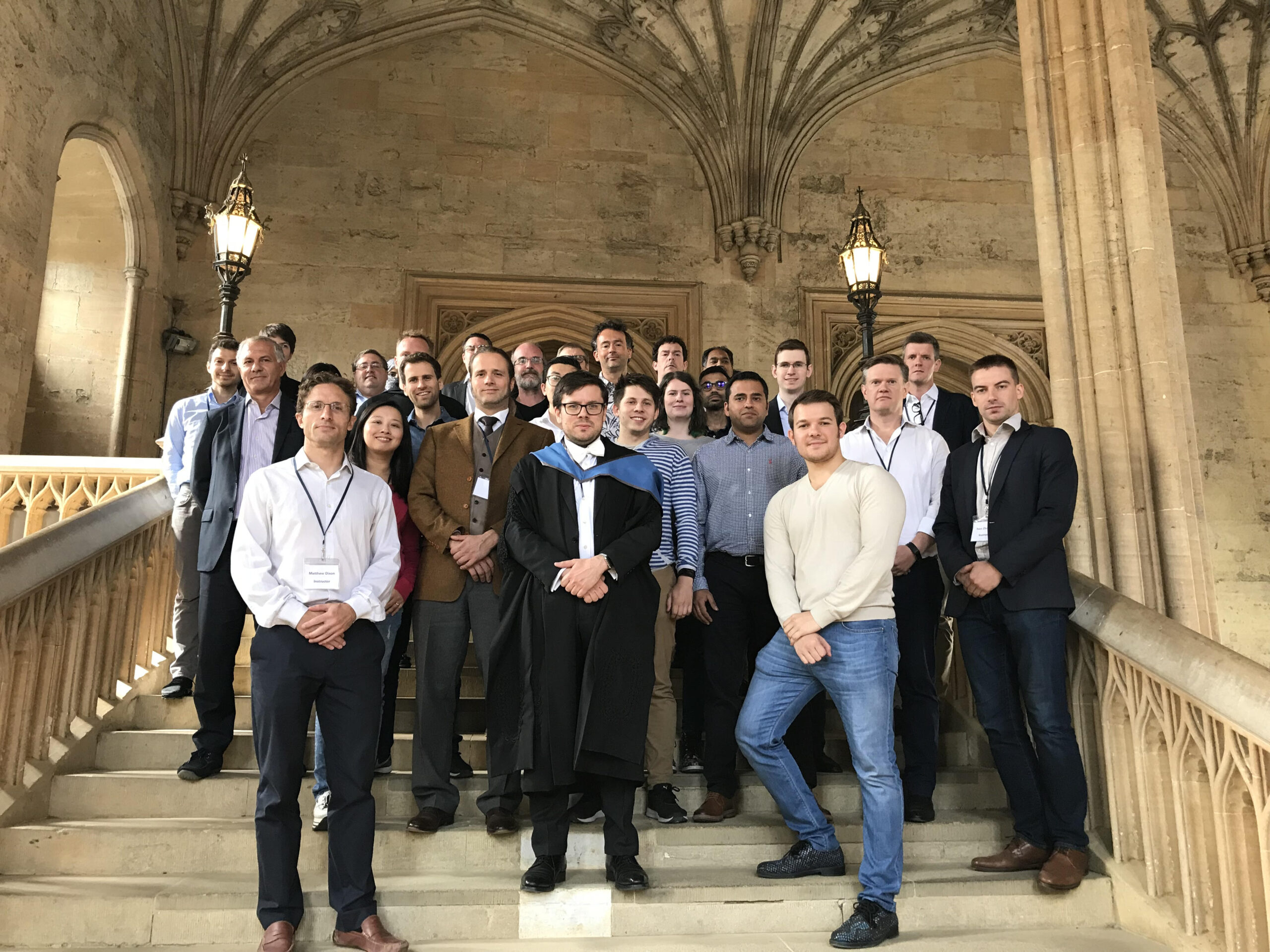
Schedule
Day 1: Saturday, 1 September, 2018
Level39, Canary Wharf, London
12:30 – 13:30 Registration and welcome
13:30 – 14:30 Lecture 0: Introduction to data science and machine learning. Lecture 1: An introduction to Python (duck typing; objects; functions as first-class citizens; data structures – lists, dicts, sets)
14:30 – 15:00 Tutorial 1: An introduction to Python
15:00 – 15:30 Coffee break
15:30 – 16:30 Lecture 2: Dealing with time series data, Pandas (peculiarities of time series data; Pandas DataFrame; visualization)
16:30 – 17:00 Tutorial 2: Dealing with time series data, Pandas
17:00 – 18:00 Entertainment: A tour of Level39 and Canary Wharf
18:00 – 20:00 Entertainment: Dinner at Zobler’s at The Ned
Day 2: Sunday, 2 September, 2018
Christ Church, Oxford
08:30 – 09:00 Registration and welcome
09:00 – 10:00 Lecture 1: Probability and statistics (interpretation of probability – classical, frequentist, Bayesian, axiomatic; statistical inference and estimation theory)
10:00 – 10:30 Tutorial 1: Statistical inference and estimation theory
10:30 – 11:00 Coffee break
11:00 – 12:00 Lecture 2: Linear regression (a geometric perspective; interpreting the linear regression; multicollinearity)
12:00 – 12:30 Tutorial 2: Linear regression
12:30 – 13:30 Lunch
13:30 – 14:30 Lecture 3: PCA and dimensionality reduction (the geometry of eigenvectors and eigenvalues, covariance and correlation matrices, PCA and dimensionality reduction)
14:30 – 15:00 Tutorial 3: Demo of PCA
15:00 – 15:30 Coffee break
15:30 – 16:30 Lecture 4: Unsupervised machine learning (anomaly detection; clustering)
16:30 – 17:00 Tutorial 4: Demo of clustering analysis
17:00 – 18:00 Lab
18:00 – 20:00 Entertainment: A tour of Christ Church followed by dinner at the Dining Hall
Day 3: Monday, 3 September, 2018
Christ Church, Oxford
08:30 – 09:00 Registration and welcome
09:00 – 10:00 Lecture 1: From statistics to supervised machine learning (bias-variance tradeoff; under- and overfitting)
10:00 – 10:30 Tutorial 1: Demo of bias-variance tradeoff
10:30 – 11:00 Coffee break
11:00 – 12:00 Lecture 2: Model and feature selection (cross-validation; bootstrap; regularization: shrinkage methods)
12:00 – 12:30 Tutorial 2: Demo of model selection for market impact assessment
12:30 – 13:30 Lunch
13:30 – 14:30 Lecture 3: Classification methods (logistic regression; decision trees and random forests)
14:30 – 15:00 Tutorial 3: Solving classification problems and feature selection by random forests
15:00 – 15:30 Coffee break
15:30 – 16:30 Lecture 4: Deep learning (optimization, gradient descent; inference with Neural Networks: the theory; feed-forward neural networks and backpropagation)
16:30 – 17:00 Tutorial 4: Construction of NN and backpropagation algorithm
17:00 – 18:00 Lab
18:00 – 20:00 Entertainment: A tour of Oxford followed by dinner at Eagle and Child, one of Oxford’s historic pubs
Day 4: Tuesday, 4 September, 2018
Christ Church, Oxford
08:30 – 09:00 Registration and welcome
09:00 – 10:00 Lecture 1: Prediction from financial time series (time series cross validation; sequence classification; diagnostics)
10:00 – 10:30 Tutorial 1: Prediction from financial time series
10:30 – 11:00 Coffee break
11:00 – 12:00 Lecture 2: Recurrent Neural Networks (autoregressive neural networks; long-short term memory networks; semi-parametric neural networks for panel data)
12:00 – 12:30 Tutorial 2: Recurrent Neural Networks
12:30 – 13:30 Lunch
13:30 – 14:30 Lecture 3: Applications of neural networks in finance (algorithmic trading; high-frequency trading; backtesting)
14:30 – 15:00 Tutorial 3: Applications of neural networks in finance
15:00 – 15:30 Coffee break
15:30 – 16:30 Lecture 4: Frontiers of machine learning (perception-action cycles; reinforcement learning)
16:30 – 17:00 Tutorial 4: Frontiers of machine learning
17:00 – 18:00 Graduation and leaving drinks
The Course
School
Course Design
The course was designed for practitioners by practitioners with a mathematical and computational background. It was meant to build a solid theoretical foundation, which is vital for understanding data science and machine learning.
The emphasis, however, was not on theory but on getting results in practice. As George Pólya put it, mathematics is not a spectator sport!
For this very reason, we used active learning. Practical exercises were provided in unassessed tutorials, and Jupyter-based laboratory sessions.
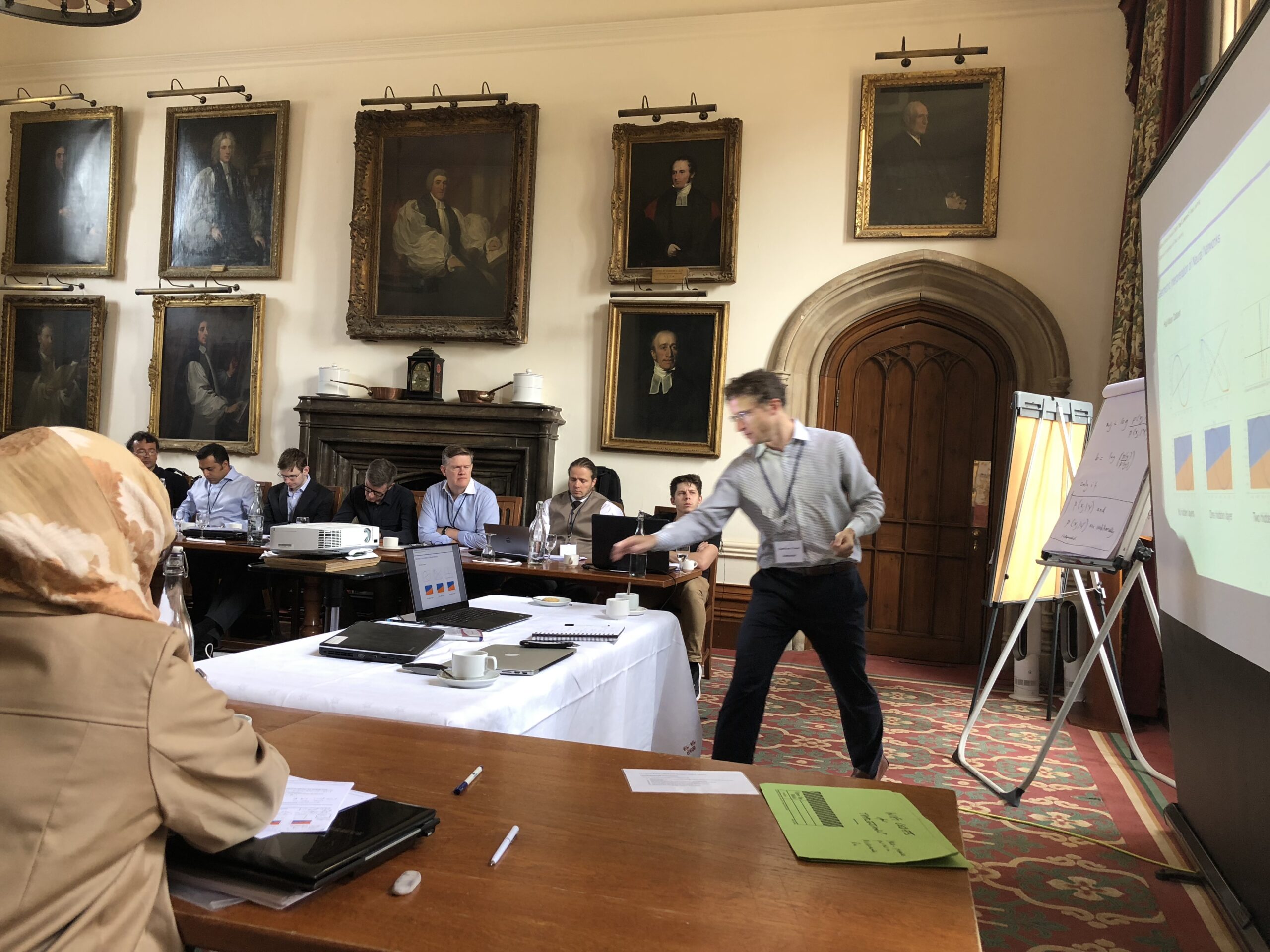
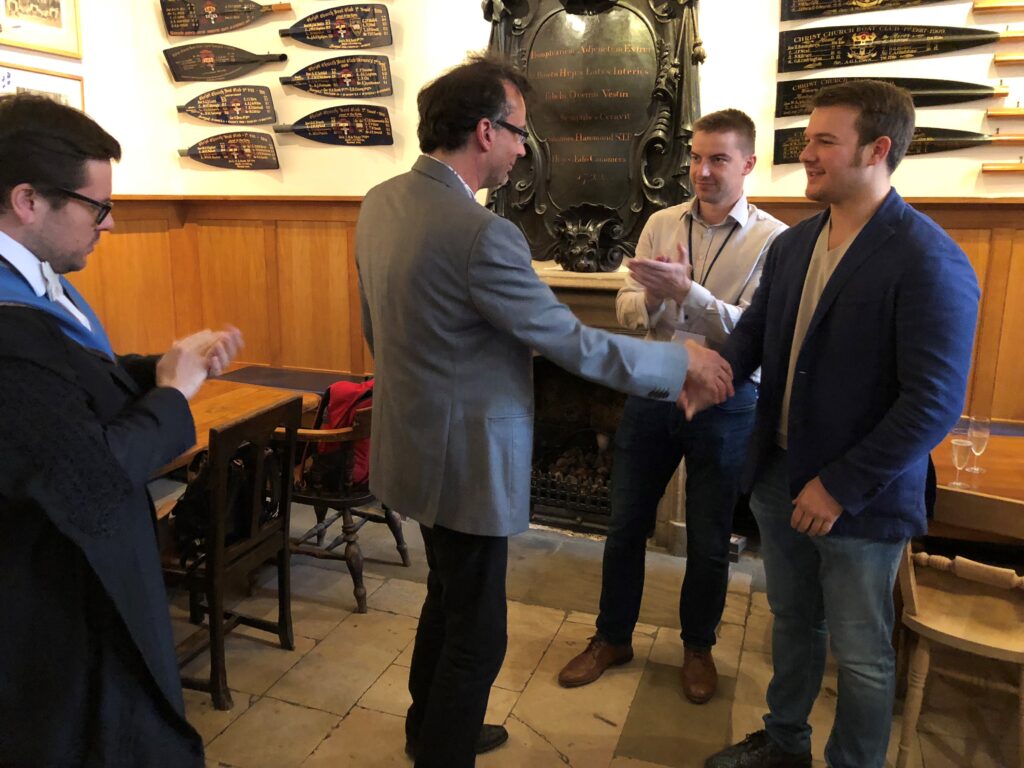
School
Overview
There were no formal prerequisites for the course, although some familiarity with linear algebra, probability, and optimization theory was a plus. We refreshed the delegates’ memory whenever they needed a refresher.
Those who wished to read up on AI/ML before starting the course were recommented Intelligent Data Analysis by Berthold and Hand, The Elements of Statistical Learning: Data Mining, Inference, and Prediction by Hastie, Tibshirani, and Friedman, and Deep Learning by Goodfellow, Bengio, and Courville. Some of these books are freely available online.
The course began with a review of Python programming, visualization, and libraries.
We reviewed probability and statistics needed for machine learning, examined linear regression methods as a basic example of a supervised machine learning technique, considered dimensionality reduction, unsupervised machine learning, bias-variance tradeoff, model and feature selection, classification, until focussing on neural nets and deep learning (the emphasis of this course).
Deep learning architectures such as deep neural networks, deep belief networks, and recurrent neural networks had been applied to many fields, including computer vision, speech recognition, natural language processing, audio recognition, social network filtering, machine translation, bioinformatics, drug design, and board game programmes, where they had produced results comparable to and, in some cases, superior to human experts.
Speakers
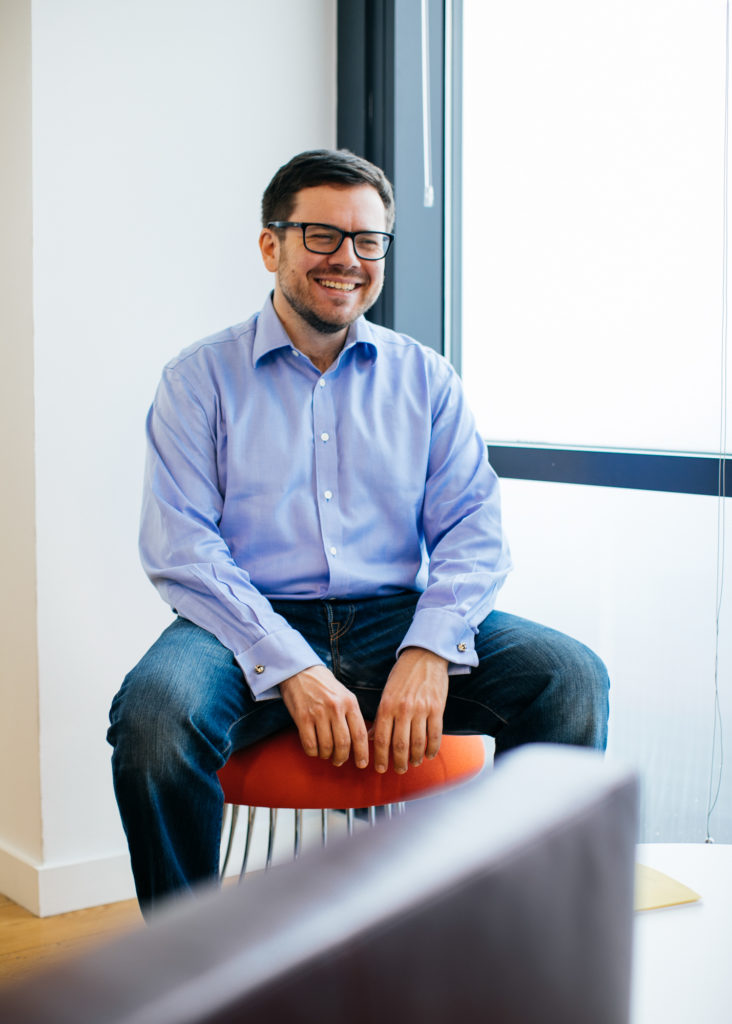
Speaker
Paul Bilokon
CEO and Founder of Thalesians Ltd. Previously served as Director and Head of global credit and core e-trading quants at Deutsche Bank, the teams that he helped set up with Jason Batt and Martin Zinkin. Having also worked at Morgan Stanley, Lehman Brothers, and Nomura, Paul pioneered electronic trading in credit with Rob Smith and William Osborn at Citigroup.
Paul has graduated from Christ Church, University of Oxford, with a distinction and Best Overall Performance prize. He has also graduated twice from Imperial College London.
Paul’s lectures at Imperial College London in machine learning for MSc students in mathematics and finance and his courses consistently achieve top rankings among the students.
Paul has made contributions to mathematical logic, domain theory, and stochastic filtering theory, and, with Abbas Edalat, has published a prestigious LICS paper. Paul’s books are being published by Wiley and Springer.
Dr Bilokon is a Member of the British Computer Society, Institution of Engineering and Technology, and European Complex Systems Society.
Paul is a frequent speaker at premier conferences such as Global Derivatives/QuantMinds, WBS QuanTech, AI, and Quantitative Finance conferences, alphascope, LICS, and Domains.
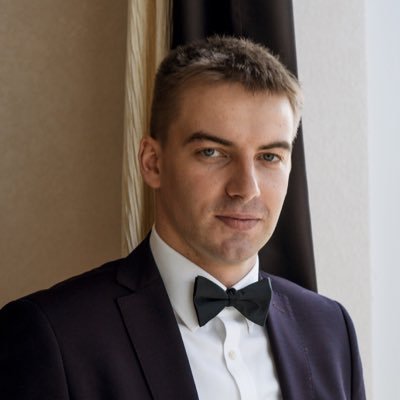
Speaker
Ivan Zhdankin
Quantitative researcher with experience in diverse areas of quantitative finance, including risk modelling, xVA, and electronic trading across asset classes. Ivan has consulted at many different banks in London, including JP Morgan, Citigroup, Jefferies, Nomura, HSBC, and BNP Paribas.
Ivan has generated convincing results in electronic trading alpha with neural nets. Ivan has developed a trading platform for the cryptocurrency for electronic market making.
Ivan is an author of several machine learning articles and appears regularly in QuantNews. Ivan regularly delivers guest lectures on artificial intelligence and machine learning at Imperial College and at Thalesians’ seminars.
Ivan has graduated from new Economic School with a Masters degree in economics. He has a solid mathematical background from Moscow State University, where he studied under the celebrated Albert Shiryaev, one of the developers of modern probability theory.
Ivan is an accomplished sportsman.
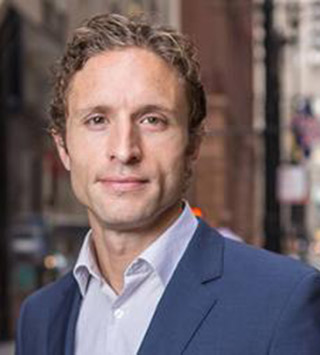
Speaker
Prof. Matthew Dixon
Assistant Progessor in the Applied Math Department at the Illinois Institute of Technology. His research in computational methods for finance is funded by Intel.
Matthew began his career in structured credit trading at Lehman Brothers in London before pursuing academics and consulting for financial institutions in quantitative trading and risk modelling.
He holds a Ph.D. in Applied Mathematics from Imperial College (2007) and has held postdoctoral and visiting professor appointments at Stanford University and UC Davis respectively.
He has published over 20 peer reviewed publications on machine learning and financial modelling, has been cited in Bloomberg Markets and the Financial Times as an AI in fintech expert.
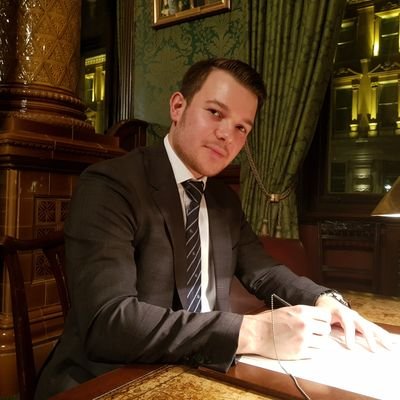
Speaker
Ed Silantyev
Hands-on data scientist with a wealth of expertise in machine learning libraries, such as Keras and TensorFlow.
Ed has also been a cryptocurrency trader for the last three years. During this time, he has developed a software system that trades cryptocurrencies on several exchanges algorithmically.
Ed’s interests in quantitative modelling include alpha generation in cryptocurrencies.
He is also an accomplished developer and system architect in Java and Python, and holds advanced certifications from oracle.
Ed has presented his work at top industry conferences, including WBS QuanTech, and at Thalesian seminars.
Venues

Venue
Level39
Situated in the heart of Canary Wharf, Level39 is home to more than 200 startups, ranging from small operations to teams of 30-plus. It is the biggest hub of fintech talent in London and, possibly, in the world.
In addition to hosting The Thalesians, Level39 is home to BABB, Cuemacro, Draper&Dash, eToro, Maxeler, mongDB, Revolut, Tesla, Upslide, and many other established and up-and-coming companies.
When you come to our events, we take you on a tour of Level39 and introduce you to members of Level39, their co-founders and potential investors.
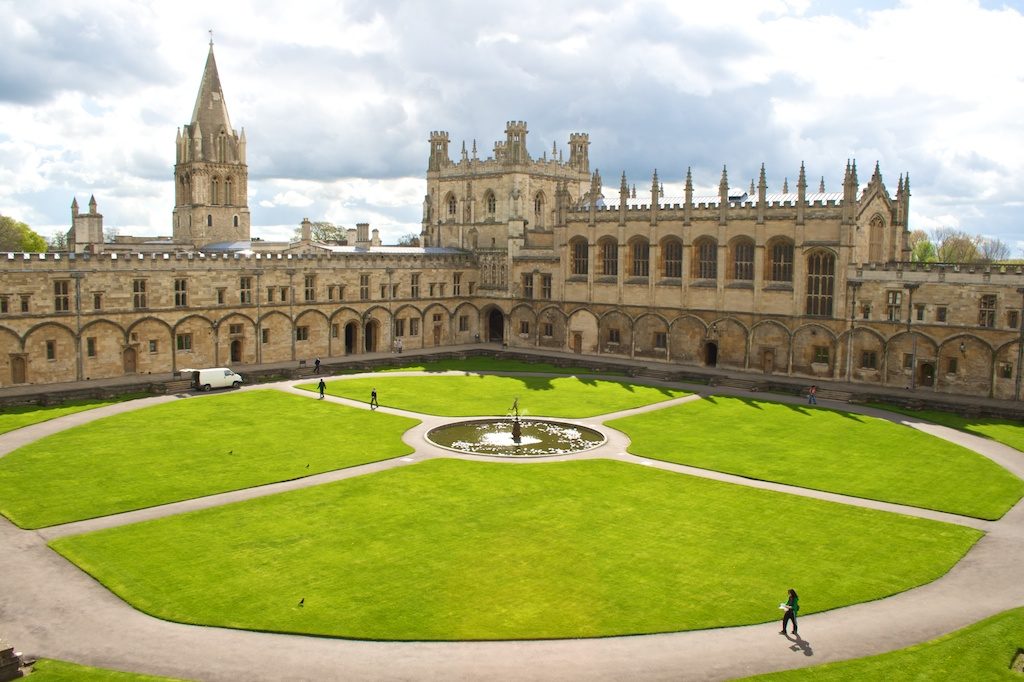
Venue
The University of Oxford
Our trainings take place at one of the constituent colleges of the University of Oxford, the oldest university in the English-speaking world and the world’s second-oldest university in continuous operation. Teaching at Oxford goes back as far as 1096.
There are 38 constituent colleges at Oxford and a full range of academic departments organized into four divisions. Christ Church, or Ædes Christi in Latin, is a constituent college of the University of Oxford. It is colloquially known as The House. The college, especially its dining hall, have been featured in the Harry Potter movies.
Sixty-nine Novel Prize winners, four Fields Medalists, and six Turing Award winners have studied, worked, or held visiting fellowships at the University of Oxford.
For all participants, accommodation on Oxford’s campus was provided. They joined a distinguished company of scholars who lived in these very rooms: Lewis Carroll, Albert Einstein, William Ewart Gladstone, Robert Hooke, John Locke, Sir Robert Peel, and others.
Presenters
0
Delegates
0
Countries
0